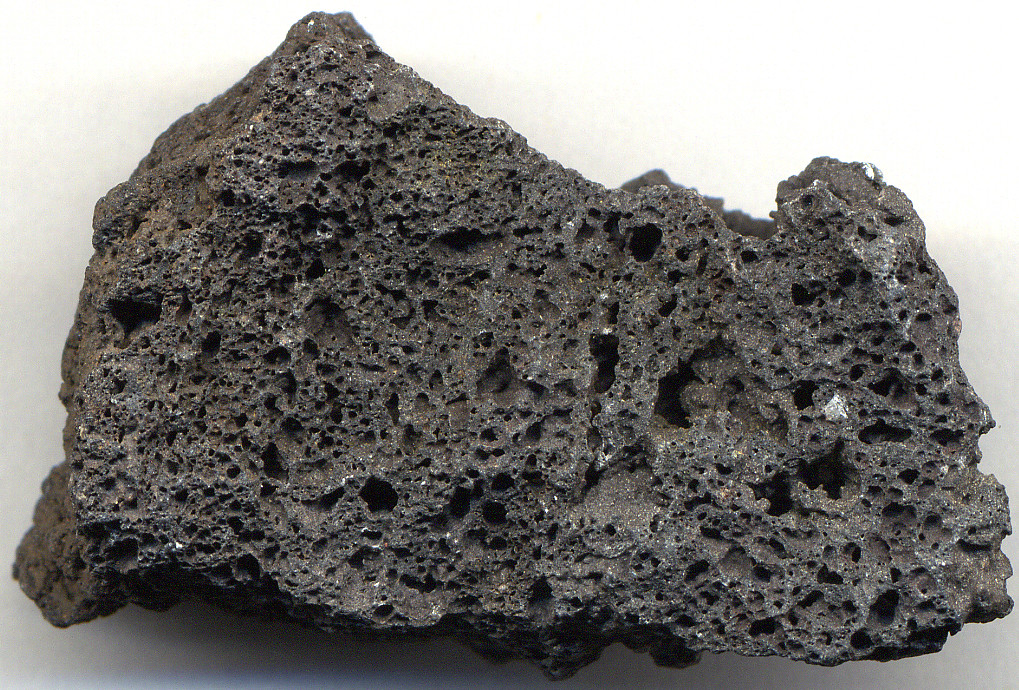Every student out there will stumble upon rock lessons. This will definitely include igneous rocks. This is not surprising because there is a tenfold of facts about igneous rocks that have to be learned at one point. What are these?
Igneous rocks are formed whenever there is a solidification of magma. They are the aftermath as the mentioned cools down. It may be above or just below the surface of the earth. Needless to say, magma may just be forced to become rocks. These are the ones which were blown out because of the explosions of volcanoes. This may also be the force which is evident as it becomes a lava.

Most of the time, the molecules and atoms become melted minerals. They compose magma all the time. These elements have the capacity to have themselves rearranged. This is the time when they turn out to be mineral grains. This transpires during the cooling of the magma. This is when the rock is suddenly formed. This will be done together with the mineral grain.
Today, there are 700 types of igneous rocks all over the place. Among the examples of such are purnice, granite, basalt, diorite, tuff, obsidian, andesite, and gabbro. The basalt is responsible in forming the granulite for metamorphic rock. This will always be subject to quite an extreme and intense heat. This is also undertaken by the pressure which usually runs over time. Almost 25% quartz is found on granite. This is said to be a common rock. This is utilized in constructions because they are really strong. This is not surprising in that way.
If there is an odd type though, it will be pumice. This lightweight rock is said to be forming whenever the molten rock is blow away from that of the volcano. This has the ability to form bubbles. As this occurs, it losses pressure and then it suddenly cools down all at the same time.
A volcanic glass is the best quality of obsidian on the other hand. This may be formed without any sort of crystal growth. This may have sharp edges in it. This is why it has always been useful because it may serve as an arrowhead or a cutting tool for that matter. Volcanic ash is what comprises tuff on the other hand. It has been observed that the upper section of the crust of the Earth is composed of igneous rock, 95% of it actually. Fascinating, right?
Overall though, a ton of extrusive igneous rock may be really glassy in its texture. This is the case because the formation of it occurs in the most rapid way possible. One example of this is pumice. This is utilized in various products there is such as cement, toothpaste, and even that of cosmetic products. Another is basalt. This will always be an important aspect of construction. It is found on most statues out there. Needless to say, volcanoes will always play a vital role in the formation of the mentioned rock.

